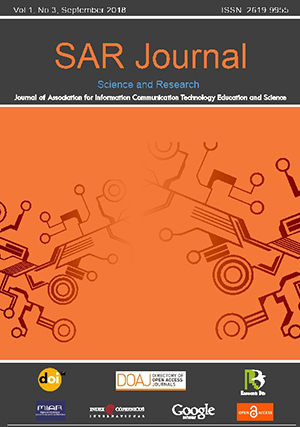Analysis of NO2 and O3 Air Quality Indices and Forecasting Using Machine Learning Models
Analysis of NO2 and O3 Air Quality Indices and Forecasting Using Machine Learning Models
Author(s): Weirong Han, Shengjun Zhai, Jia Guo, Seungwon Lee, Kai Chang, Guihongxuan ZhangSubject(s): Energy and Environmental Studies, ICT Information and Communications Technologies
Published by: UIKTEN - Association for Information Communication Technology Education and Science
Keywords: Air Quality Index; Machine Learning; MLP; Linear Regression; RBF;
Summary/Abstract: Due to industrialization and urbanization, most of the developing countries now see air pollution as a major health threat, and governments are working hard to monitor and control air pollution. The Air Quality Index (AQI) measures air quality over a given period of time for a given area. The index measures air cleanliness by identifying various toxic chemicals and other particles with negative impacts on public health. Such pollutants can cause irritation or respiratory problems. A large amount of data must be analyzed for air pollutant concentrations to measure air quality. The AQI is a combination of the pollutant concentration expressed as a single number to define air quality and is calculated based on major air pollutants regulated by the Clean Air Act, including ground-level ozone, particle pollution, nitrogen dioxide, carbon monoxide, and sulfur dioxide. Prolonged consumption of polluted air with harmful pollutants can lead to serious diseases, and air pollutants may harm plants, crops, and animals. Therefore, monitoring and forecasting the AQI is essential for the environment and society. This study uses air quality data from major cities in the U.S. using five machine learning algorithms to forecast primary pollutants including NO2 and O3. The dataset is analyzed and compared for algorithm performance, and the experimental results show that the support vector machine for regression outperforms other algorithms, followed by the radial basis function regression and the multi-layer perceptron.
Journal: SAR Journal - Science and Research
- Issue Year: 1/2018
- Issue No: 3
- Page Range: 107-114
- Page Count: 8
- Language: English

